Category: Python Coding
-
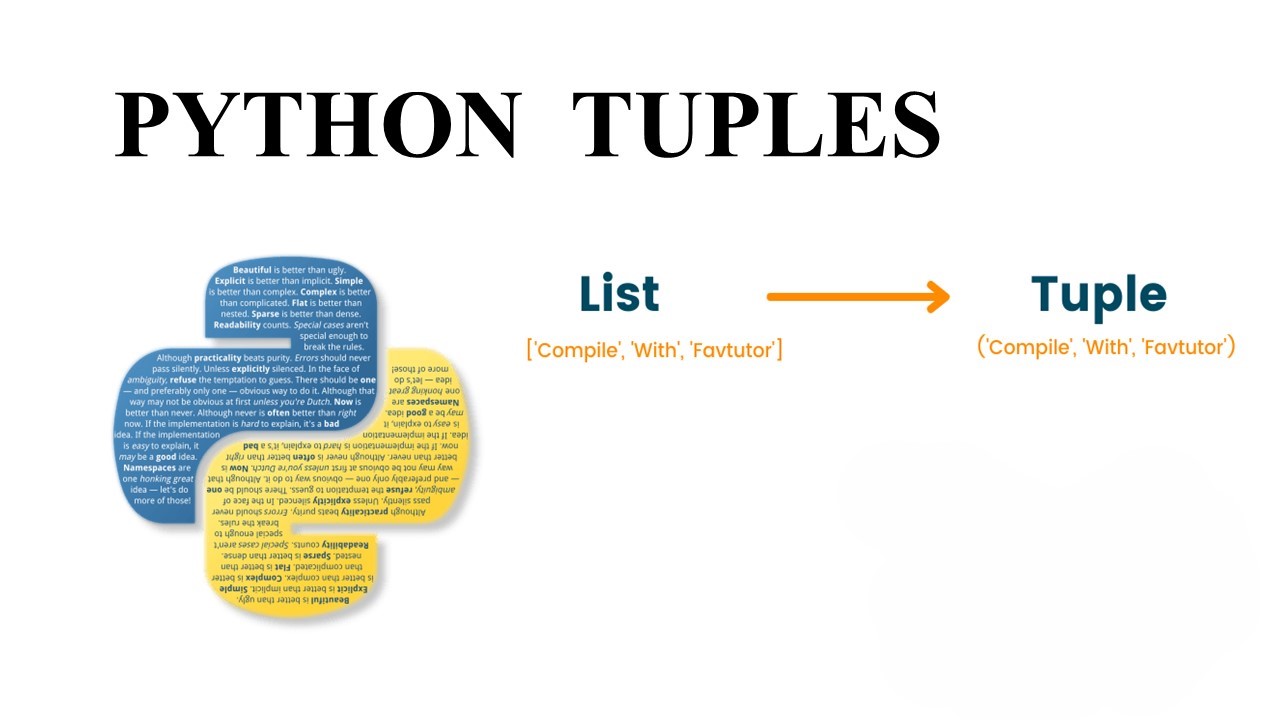
Conquering Python Tuples for Beginners and Beyond 🐍
In Python, a tuple is a versatile data structure that allows you to store ordered and immutable sequences of elements. In this exploration, we’ll delve into the characteristics, operations, and manipulation techniques associated with tuples. Understanding Tuples A tuple is defined by enclosing a sequence of Python objects in round brackets. It is comparable to…
-
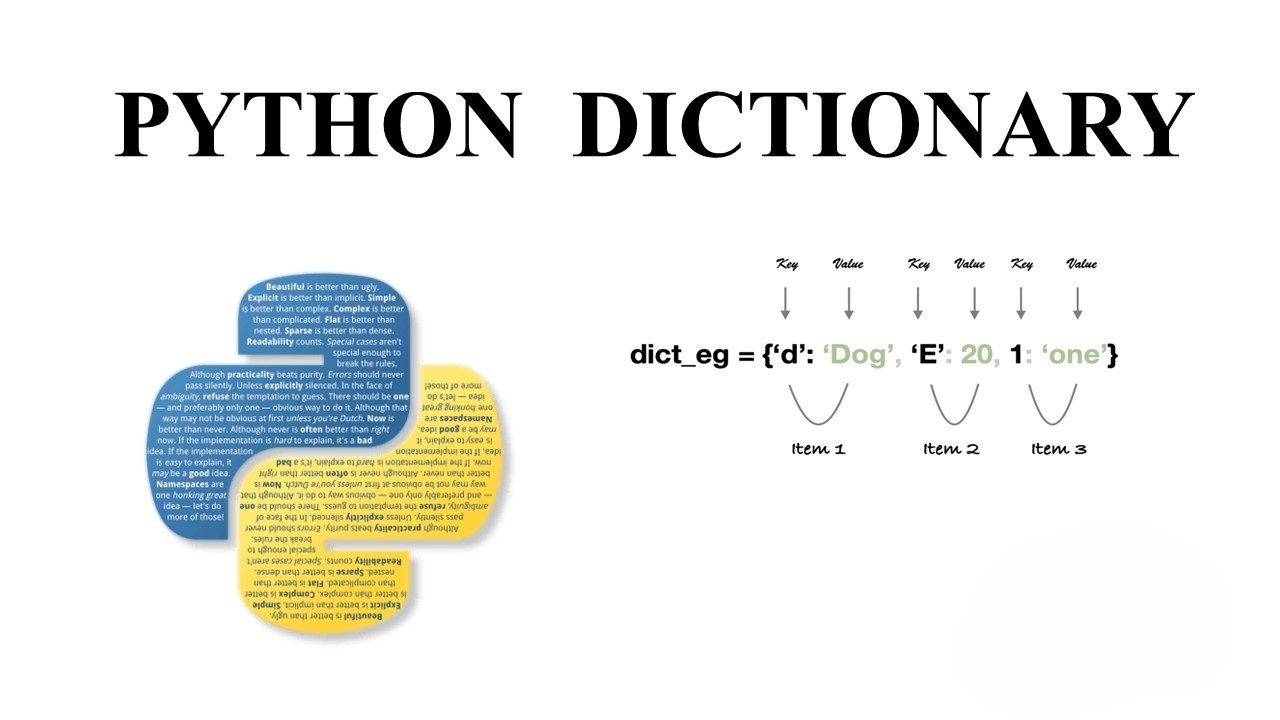
Mastering Advanced Techniques for Python Dictionary Sorting
Dictionaries in Python are powerful data structures that allow you to store key-value pairs. Often, there arises a need to sort a dictionary based on its values. In this exploration, we’ll uncover the techniques to efficiently sort a dictionary in both ascending and descending order. Example Dictionary Object Let’s consider a sample dictionary to demonstrate…
-
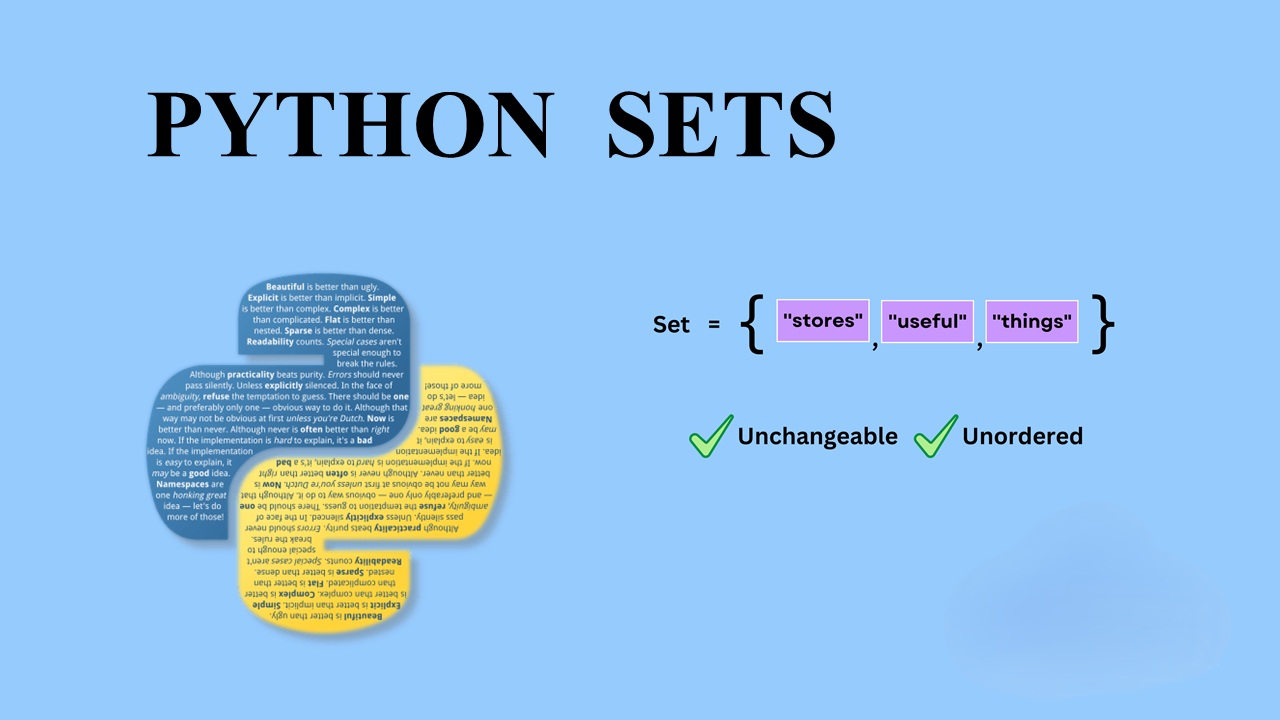
Set Your Python Skills on Fire with the Power of Sets 😮
Sets in Python are a versatile and powerful data type that provide a unique way to store and manipulate collections of elements. In this exploration, we will delve into the fascinating world of sets, understanding their creation, modification, and various operations that can be performed on them. Creating Sets A set is a collection of…
-
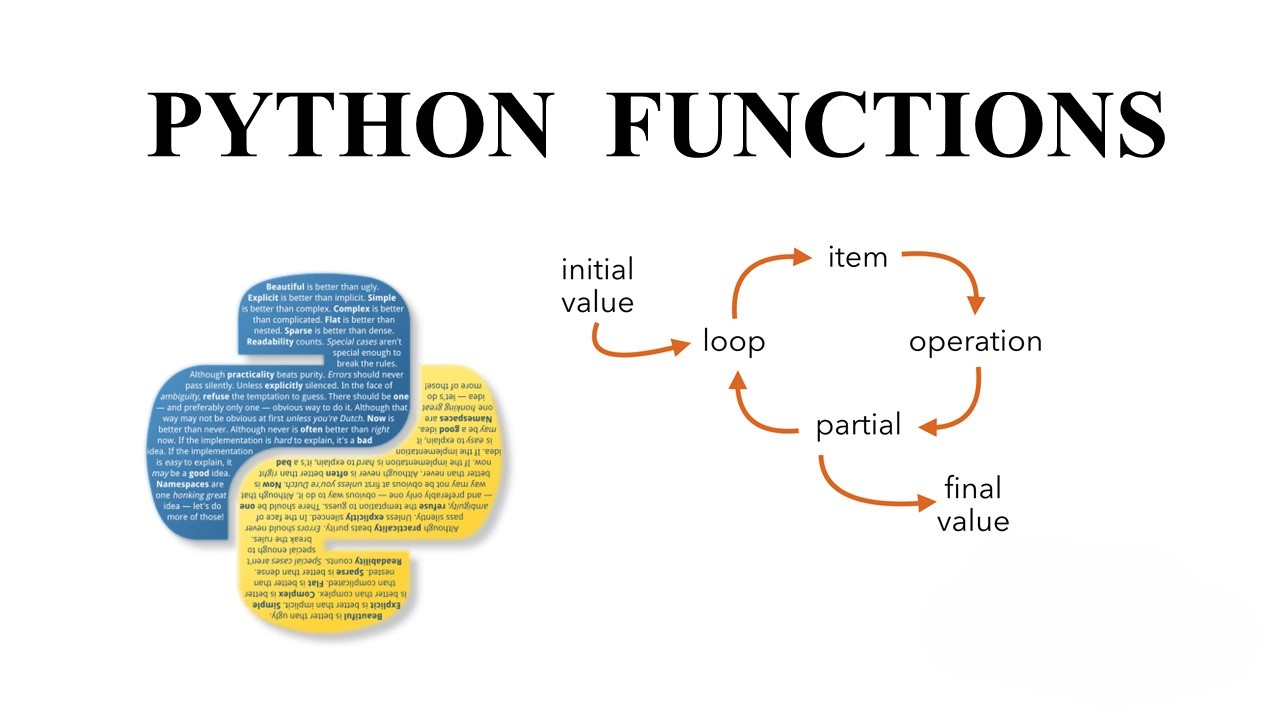
Harness the hidden power of nested functions to craft elegant, efficient, and mind-bending Python code 🐍
Nested functions, also known as inner functions, are a fascinating aspect of Python that enables the definition of functions within other functions. This feature allows for a more modular and organized structure in code. In this exploration, we will dive into the world of nested functions, understanding their creation, usage, and the concept of nonlocal…
-
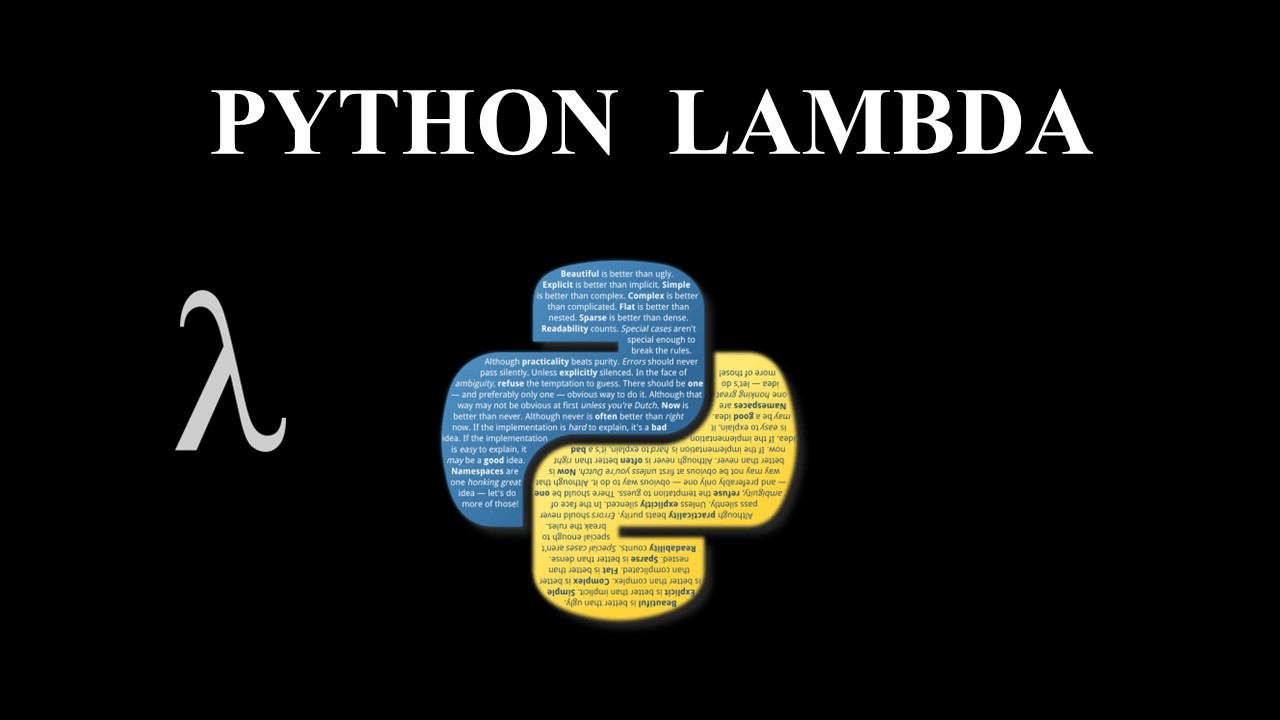
One-Line Wonders: How Lambda Functions Make Python Effortless
Lambda functions, also known as anonymous functions, are a concise way to define small, unnamed functions in Python. Despite their compact size, lambda functions can be powerful and are often used in situations where a full function definition is unnecessary. In this exploration, we will unravel the mysteries of lambda functions, understanding their syntax, use…
-
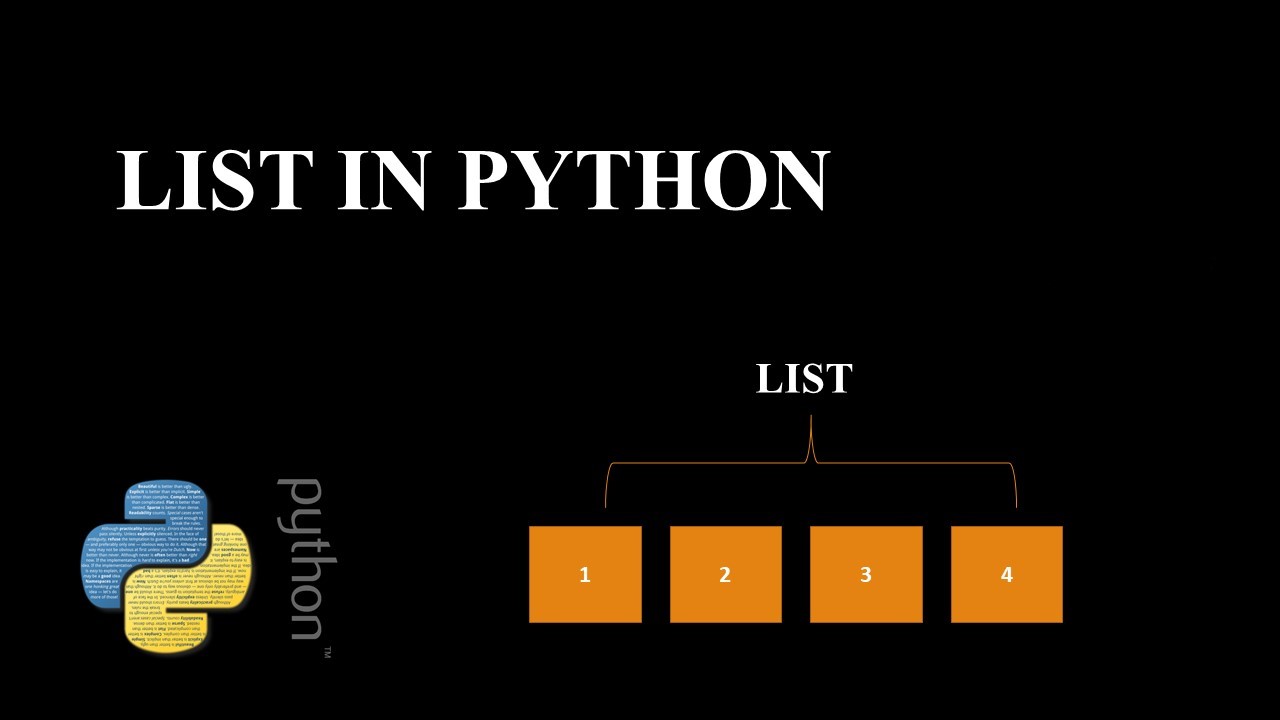
The Ultimate Guide to Organizing Your Data Like a Pro 😧
Lists, a versatile and fundamental data structure in Python, play a pivotal role in various programming scenarios. In this comprehensive guide, we will explore the creation, manipulation, and advanced features of lists in Python. Understanding Lists A list is an ordered collection of elements enclosed in square brackets [ ] and separated by commas. Python…
-
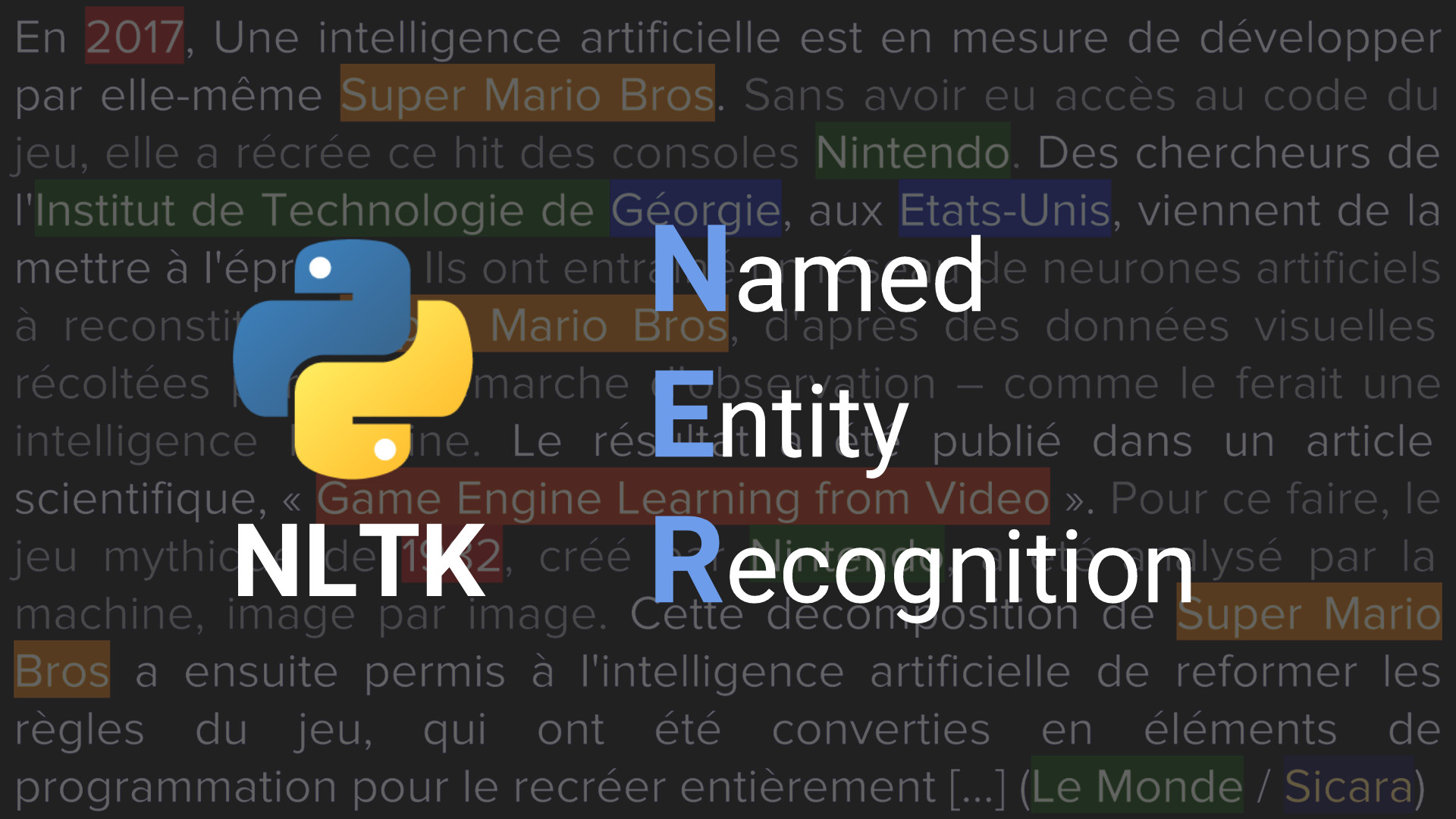
Exploring Named Entity Recognition with Conditional Random Fields
Named Entity Recognition (NER) is a fundamental task in natural language processing that involves identifying and classifying entities, such as names of people, organizations, and locations, within a text. NER plays a crucial role in various applications, including information retrieval, question answering, and text summarization. In this blog post, we’ll dive into the world of…
-

Extracting and Analyzing Car Listings from OLX – A Web Scraping Adventure
Introduction Web scraping is a powerful technique to extract valuable information from websites. In this blog post, we explore the process of scraping car listings from OLX, focusing on the Tamil Nadu region. We will cover topics such as web scraping, data cleaning, and parsing, providing both code snippets and detailed explanations. Web Scraping OLX…
-

Effective Feature Selection Techniques for Improved Model Performance
Introduction Feature selection is a crucial step in building machine learning models, as irrelevant or redundant features can hinder model performance. In this blog post, we will explore two essential feature selection methods and apply them to a real-world dataset: eliminating low variance features and recursive feature elimination using cross-validation. Eliminating Low Variance Features: One…
-
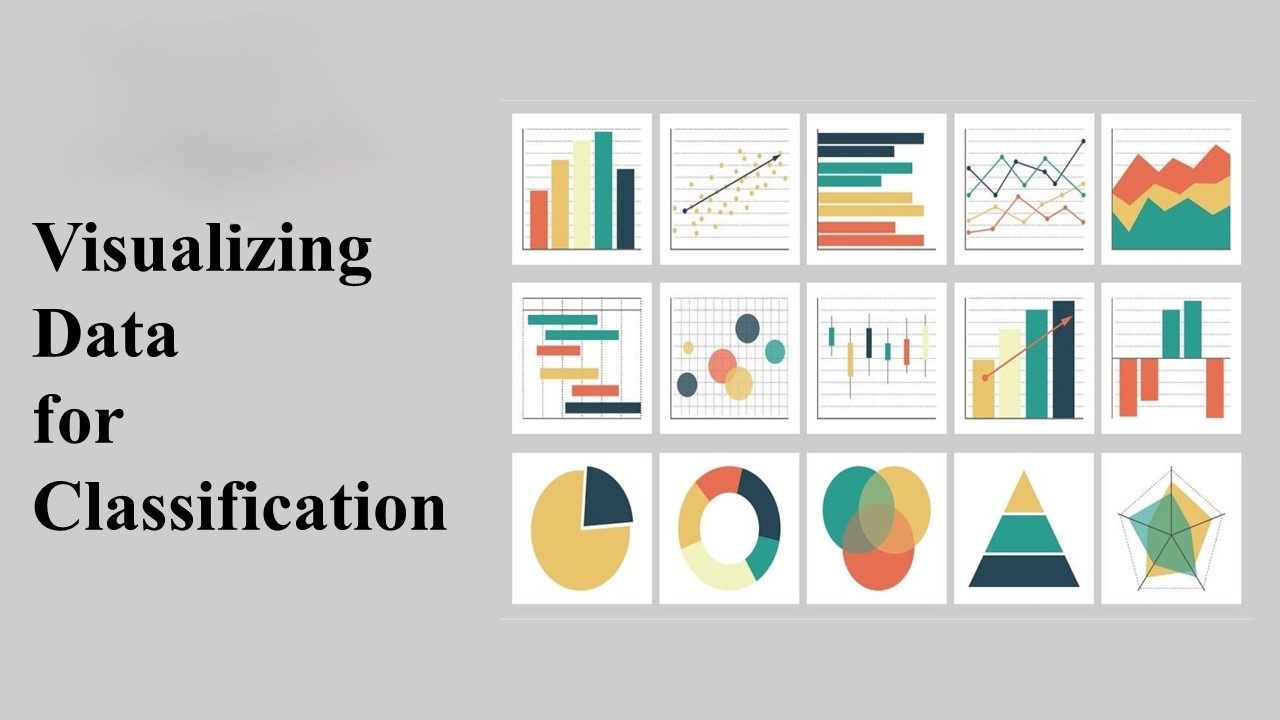
Visualizing Data for Classification
In this lab, we’ll explore the German bank credit dataset to understand relationships for a classification problem. Unlike regression problems where the label is a continuous variable, classification problems involve categorical labels. We aim to visually explore the data to identify features useful in predicting customers with bad credit. Load and Prepare the Dataset Let’s…
